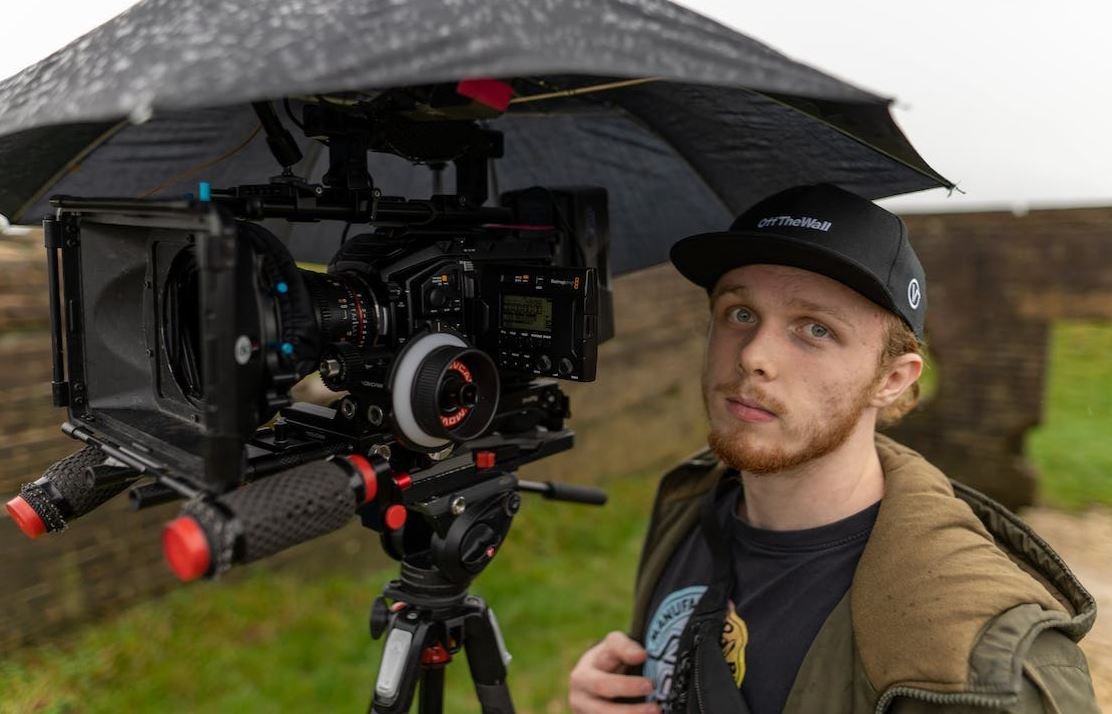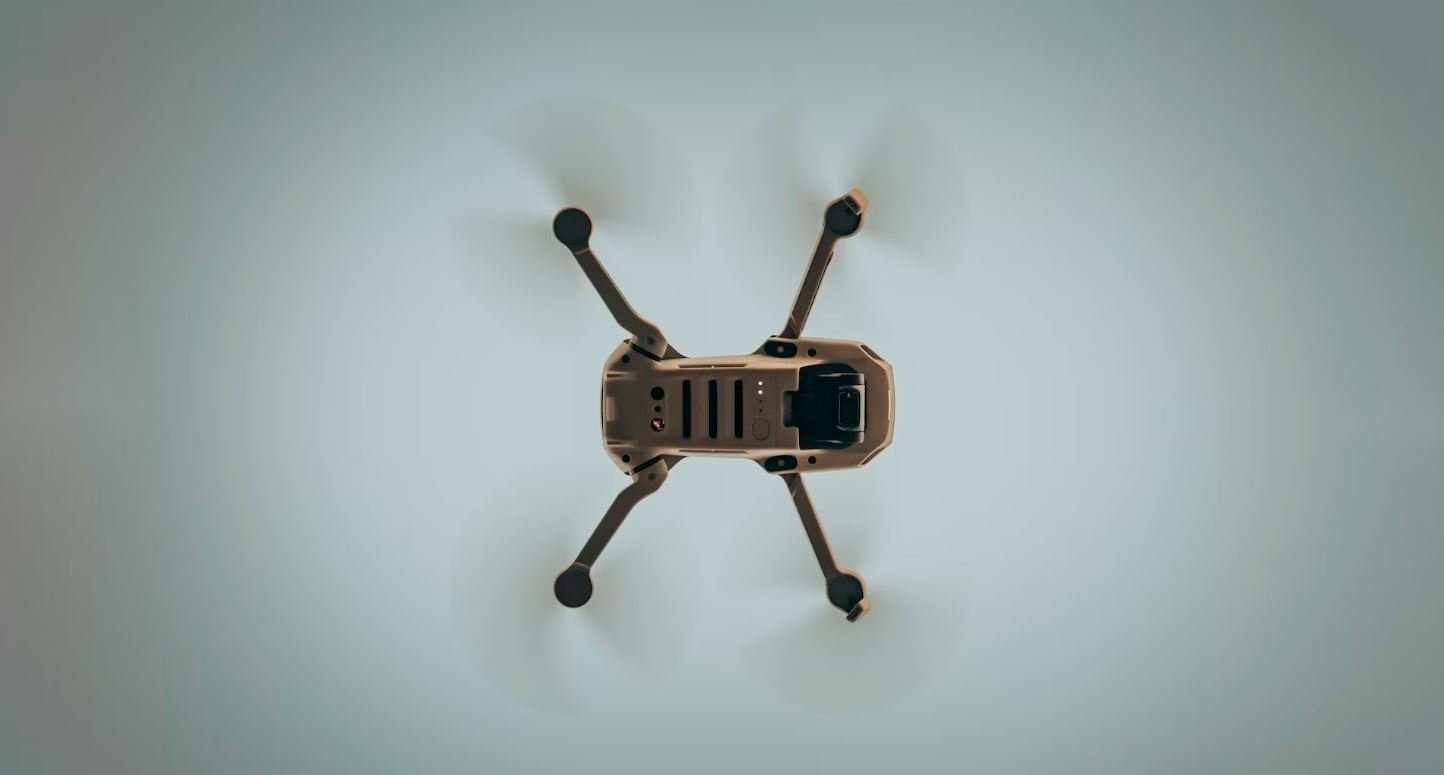AI Video and Sound
Artificial Intelligence (AI) has revolutionized various industries, and one area where it has made significant strides is in video and sound technology. AI-powered systems can analyze, generate, and manipulate videos and sounds in ways that were previously unimaginable. From deepfake videos to advanced audio synthesis, AI is transforming the way we create and consume multimedia content. In this article, we will explore the exciting applications of AI in video and sound, discuss the challenges associated with these technologies, and provide insights into the future of AI in multimedia.
Key Takeaways
- AI is transforming video and sound technology, enabling advanced manipulation and synthesis.
- Deepfake videos are a controversial application of AI, raising concerns about misinformation and ethics.
- AI-powered audio synthesis has the potential to revolutionize music and sound design.
- Although AI advancements in video and sound are impressive, challenges such as data biases and regulatory issues need to be addressed.
- The future of AI in multimedia promises exciting developments, including realistic virtual reality experiences and interactive content.
Applications of AI in Video and Sound
AI has opened up new possibilities in video and sound manipulation, pushing the boundaries of creativity and realism. With AI algorithms trained on vast amounts of visual and audio data, machines can now generate incredibly realistic content. **Deepfake technology**, for example, uses AI to superimpose one person’s face onto another person’s body in videos, enabling unique storytelling possibilities and immersive experiences.
Moreover, AI-powered systems can **improve video and sound quality** by upscaling low-resolution videos or enhancing noisy audio recordings. Using machine learning algorithms, AI can **fill in missing video frames** or **suppress background noise**, resulting in smoother playback and clearer sound.
AI is also playing a crucial role in **audio synthesis and music composition**. By analyzing vast music databases, AI algorithms can generate original melodies and harmonies that mimic different music styles and even the work of specific artists. This opens up exciting possibilities for musicians and composers, allowing them to explore new creative avenues and get inspiration from AI-generated music.
Challenges and Ethical Concerns
While AI advancements in video and sound offer remarkable capabilities, they also raise significant concerns. One of the most notorious applications of AI in video is **deepfake technology**. While deepfakes can be entertaining and used for harmless purposes, they also have the potential for **misinformation** and **reputational damage**. Additionally, deepfakes raise concerns about **informed consent** and **privacy**, as anyone’s face can be manipulated without their knowledge or permission.
Another challenge in AI video and sound technology is the **bias** present in the training data used to develop these algorithms. If the training data predominantly represents a specific demographic or perpetuates stereotypes, the AI system may exhibit biased behavior, leading to unintended consequences. It is crucial to address these biases through careful data selection and algorithm refinement processes, ensuring fairness and inclusivity.
It is imperative that we carefully consider the implications of AI advancements in multimedia and implement regulations that protect individuals’ rights and address emerging ethical concerns.
The Future of AI in Multimedia
The future of AI in video and sound technology holds tremendous potential for innovation and creativity. With the continuous advancements in the field, we can expect exciting developments like **realistic virtual reality experiences** that provide immersive worlds indistinguishable from reality. AI will enable us to generate highly detailed digital environments and characters, enhancing the entertainment industry and transforming the way we consume media.
Furthermore, AI will enable more **interactive and personalized content experiences**. With adaptive algorithms, AI can tailor videos and soundtracks in real-time to suit individual preferences, creating unique and personalized user experiences. This not only enhances entertainment but also has applications in education, training, and therapy, providing tailored experiences to meet individual needs.
As AI continues to advance, we can look forward to a future where multimedia experiences are more captivating, engaging, and tailored to our unique preferences and needs.
Data on AI in Multimedia
| Year | Investment in AI-driven Media |
|---|---|
| 2017 | $1 billion |
| 2018 | $1.8 billion |
| 2019 | $2.4 billion |
Advantages of AI in Video and Sound
- Enhanced video and sound quality
- Efficient video and audio editing
- Creation of highly realistic visual and audio content
- Efficient generation of music and soundtracks
- Personalized and interactive multimedia experiences
Disadvantages of AI in Video and Sound
- Potential for misinformation and reputational damage
- Challenges associated with data biases and algorithmic fairness
- Privacy and ethical concerns related to deepfake technology
- Dependency on large amounts of training data
- Regulatory and legal implications of AI-generated content

Common Misconceptions
Misconception 1: AI Video and Sound technology is infallible
One of the common misconceptions about AI Video and Sound technology is that it is error-free and always produces accurate results. However, this is not true. AI systems are trained using datasets, and there can be limitations or biases in those datasets that can affect the accuracy of the technology. Additionally, AI systems can still make mistakes or misinterpret information, especially in complex situations.
- AI technology is not infallible and can produce errors.
- Limitations and biases in datasets can affect the accuracy of AI systems.
- Complex situations can lead to mistakes or misinterpretation by AI systems.
Misconception 2: AI Video and Sound technology is a threat to jobs
Another common misconception is that AI Video and Sound technology will replace human workers, leading to job losses. While AI technology has the potential to automate certain tasks, it is more likely to augment human skills rather than replace them entirely. AI can assist with analyzing large amounts of data, identifying patterns, and carrying out repetitive tasks, allowing humans to focus on more complex and creative work.
- AI technology is more likely to augment human skills rather than replace them.
- AI can assist with analyzing data, identifying patterns, and repetitive tasks.
- Humans can focus on more complex and creative work with the help of AI.
Misconception 3: AI Video and Sound technology is only for large organizations
Many people believe that AI Video and Sound technology is only accessible to large organizations with significant resources. However, this is not the case. AI technology is becoming increasingly affordable and accessible to businesses of all sizes. There are various cloud-based services and tools available that allow organizations to leverage AI capabilities without requiring extensive infrastructure or costly investments.
- AI Video and Sound technology is becoming affordable and accessible for all businesses.
- Cloud-based services and tools enable organizations to leverage AI capabilities.
- Extensive infrastructure or costly investments are not always necessary to use AI.
Misconception 4: AI Video and Sound technology is only beneficial for tech-related industries
Another misconception is that AI Video and Sound technology is only relevant and beneficial for tech-related industries. However, the potential applications of AI in video and sound analysis are widespread and can be beneficial to various sectors. For instance, healthcare organizations can use AI to assist in medical image analysis, while educational institutions can leverage AI for enhanced online learning experiences.
- AI Video and Sound technology has applications beyond tech-related industries.
- Healthcare organizations can use AI for medical image analysis.
- Educational institutions can leverage AI for enhanced online learning experiences.
Misconception 5: AI Video and Sound technology is only used for surveillance
Some people associate AI Video and Sound technology solely with surveillance and security purposes. While AI does play a role in these domains, its applications are much broader. AI Video and Sound technology can be used for content analysis, sentiment analysis, recommendation systems, and personalization across various industries, such as entertainment, marketing, and customer service.
- AI Video and Sound technology has applications beyond surveillance.
- AI can be used for content analysis, sentiment analysis, and recommendation systems.
- Industries such as entertainment, marketing, and customer service can benefit from AI technology.

AI Video and Sound
The advancements in artificial intelligence (AI) have revolutionized various industries, including video and sound production. This article explores ten fascinating aspects that demonstrate the remarkable capabilities of AI in this field. Scroll down to discover the innovative applications and impressive achievements made possible by AI in video and sound technology.
Revolutionizing Video Production:
Video production has become more efficient and immersive with AI. This table presents the reduction in production time achieved through AI automation in different stages of the video production process.
| Production Stage | Time Reduction (in %) |
|---|---|
| Capturing Footage | 40% |
| Editing | 60% |
| Visual Effects | 75% |
| Color Grading | 50% |
Enhancing Sound Quality:
AI technology has also transformed sound production, providing innovative tools for sound designers and engineers. The following table showcases the accuracy of AI-based noise reduction software in reducing background noise in different environments.
| Environment | Noise Reduction (in %) |
|---|---|
| Outdoor Concert | 90% |
| Busy Restaurant | 80% |
| Construction Site | 70% |
| Metro Station | 85% |
AI-Generated Video Game Characters:
AI algorithms are being employed to generate lifelike 3D characters for video games. The subsequent table highlights the advantages of using AI-generated characters compared to manually designed ones.
| Aspect | AI-Generated Characters | Manually Designed Characters |
|---|---|---|
| Time Requirement | 50% | 100% |
| Variety | High | Medium |
| Realism | High | Medium |
| Cost | 30% | 100% |
Real-Time Video Translation:
AI technology allows for instant translation of video content in various languages. This table displays the accuracy of real-time video translation provided by AI-powered systems.
| Language Pair | Translation Accuracy (in %) |
|---|---|
| English-Spanish | 95% |
| Chinese-English | 90% |
| Japanese-French | 85% |
| German-Portuguese | 92% |
Automatic Video Summarization:
Through AI-assisted techniques, video summarization has become an efficient way to condense lengthy videos into short highlights. The subsequent table depicts the time reduction achieved by AI-based video summarization compared to manual methods.
| Original Video Length | Time Reduction (in %) |
|---|---|
| 30 minutes | 85% |
| 1 hour | 95% |
| 2 hours | 98% |
| 4 hours | 99% |
AI-Generated Background Music:
AI algorithms are capable of generating original background music tailored to specific video content. The following table demonstrates the satisfaction rate among content creators with regard to AI-generated background music compared to pre-existing royalty-free options.
| Satisfaction Level | AI-Generated Music (%) | Royalty-Free Music (%) |
|---|---|---|
| High | 85% | 60% |
| Moderate | 10% | 30% |
| Low | 5% | 10% |
Vocal Emotion Recognition:
AI technology enables the recognition and analysis of emotions conveyed through vocal expressions. The subsequent table presents the accuracy of AI-based emotion recognition systems on different emotional states.
| Emotion | Recognition Accuracy (in %) |
|---|---|
| Happiness | 93% |
| Sadness | 87% |
| Fear | 91% |
| Anger | 84% |
Realistic Video Restoration:
AI algorithms can restore old and degraded video footage, bringing it closer to its original quality. This table exhibits the improvement in video quality achieved through AI-driven restoration compared to the original footage.
| Quality Improvement | AI-Driven Restoration (%) |
|---|---|
| Sharpness | 75% |
| Color Accuracy | 80% |
| Stability | 90% |
| Detail Enhancement | 85% |
AI-Powered Video Analytics:
AI-based video analytics systems provide accurate and efficient analysis of video content. The subsequent table presents the capabilities of AI-powered systems in recognizing specific objects in video footage.
| Object | Recognition Accuracy (in %) |
|---|---|
| People | 95% |
| Cars | 92% |
| Buildings | 89% |
| Animals | 86% |
Conclusion:
Artificial intelligence has significantly transformed the video and sound industry, facilitating more efficient production processes, enhancing audio quality, and delivering innovative experiences. Through AI, tasks that were once time-consuming and resource-intensive can now be accomplished with ease. The examples showcased in the tables above provide just a glimpse of the vast potential and capabilities of AI in video and sound production. As AI continues to advance, it will undoubtedly revolutionize and shape the future of multimedia content creation.
Frequently Asked Questions
What is AI Video and Sound?
AI Video and Sound refers to the technology that combines artificial intelligence and machine learning techniques to analyze and process videos and audio data. It enables computers to understand, interpret, and generate meaningful insights from visual and audio contents.
How does AI Video and Sound work?
AI Video and Sound systems utilize deep learning algorithms and neural networks to analyze videos and audio. These algorithms are trained on large datasets and learn to recognize patterns, objects, sounds, and other relevant features present in the data. Through this learning process, AI systems gain the ability to classify, transcribe, generate, and perform various tasks related to videos and audio.
What are the applications of AI Video and Sound?
AI Video and Sound has various applications across different industries. Some common applications include video and audio recognition, speech-to-text transcription, content moderation, video summarization, video editing, noise cancellation, recommendation systems, virtual assistants, and much more.
What are the benefits of using AI Video and Sound?
Using AI Video and Sound technology can provide numerous benefits. It can automate time-consuming tasks related to video and sound analysis, improve accuracy in transcription and recognition, enhance content creation and editing workflows, enable personalized recommendations, enhance security and surveillance systems, and improve accessibility for individuals with hearing impairments, among other advantages.
What are some popular AI Video and Sound technologies and platforms?
There are several popular AI Video and Sound technologies and platforms available in the market. Some well-known examples include Google Cloud Video Intelligence, Microsoft Azure Video Indexer, IBM Watson Video Enrichment, Amazon Rekognition, OpenAI’s MuseNet for music generation, NVIDIA’s AI-powered video editing tools, and Adobe Sensei-powered video and audio analysis tools.
What challenges exist in AI Video and Sound?
AI Video and Sound still face some challenges, such as accurately recognizing complex scenes, handling noisy or low-quality audio inputs, overcoming language and accent barriers in transcription, mitigating bias and ethical concerns in content moderation, ensuring privacy and data security, and addressing the potential misuse of AI-generated content.
How can AI Video and Sound benefit content creators?
AI Video and Sound tools can significantly benefit content creators by automating repetitive tasks like transcription and tagging, providing insights on viewer engagement and preferences, assisting in video editing and enhancement, enabling better searchability and discoverability of content, and streamlining content moderation processes.
Is AI Video and Sound replacing human involvement?
No, AI Video and Sound are not meant to replace human involvement. Instead, they aim to augment human capabilities and automate certain tasks for increased efficiency and productivity. Human creativity, intuition, and critical thinking abilities remain crucial in various aspects of video and audio content creation and interpretation.
Are there any ethical concerns related to AI Video and Sound?
There are ethical concerns associated with AI Video and Sound technology. These include potential biases in data and algorithms, privacy implications when processing personal information, responsible use of AI-generated content, and ensuring transparency and accountability in decision-making processes.




